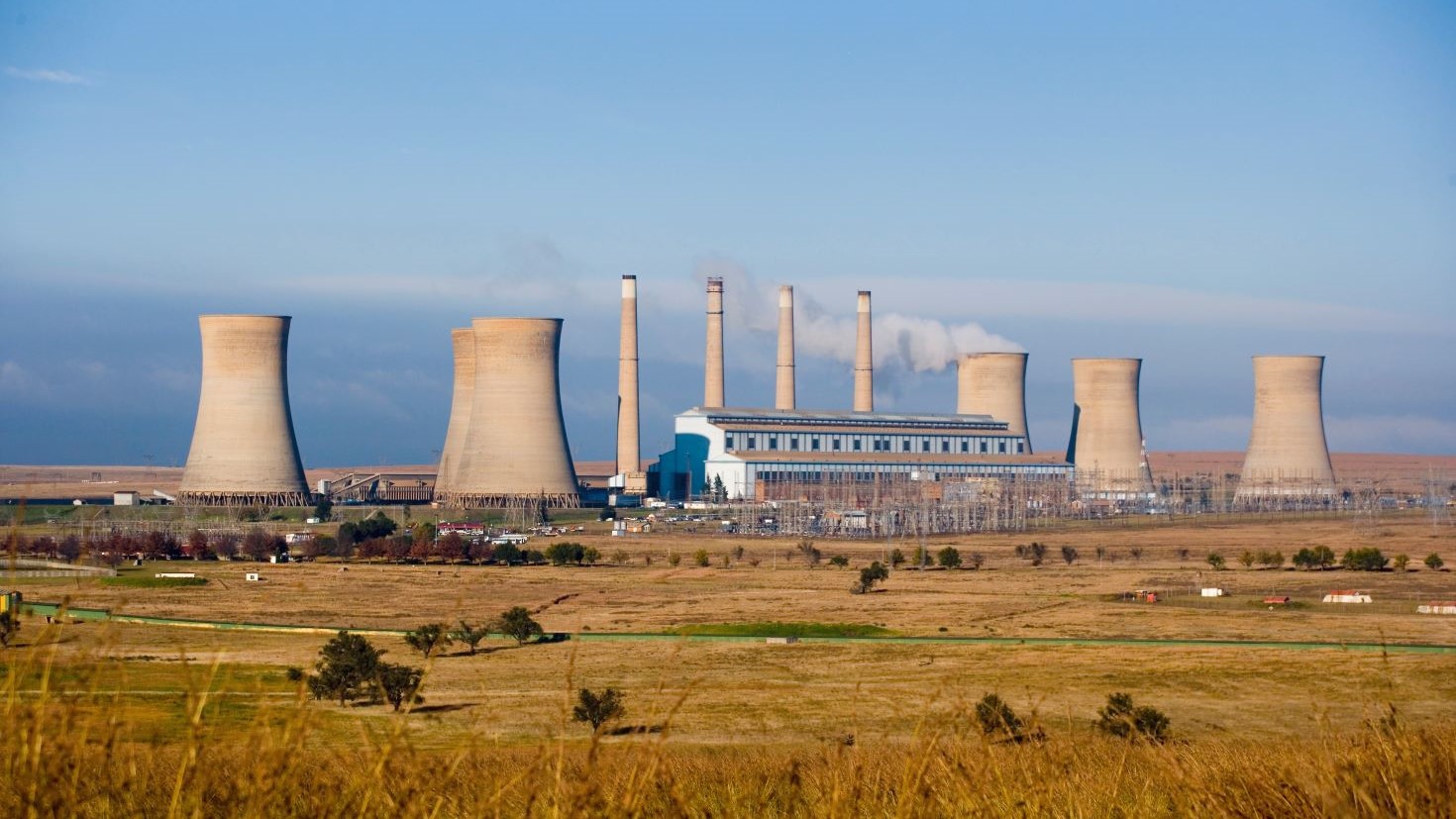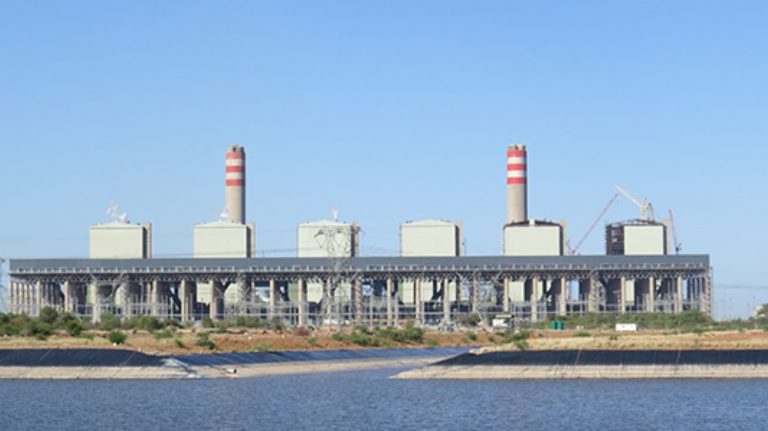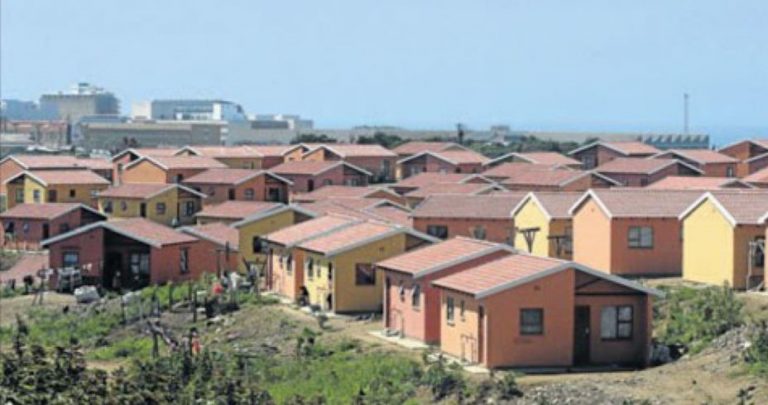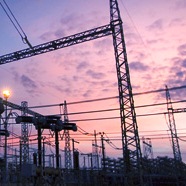Unplanned outages reach eight-year low, Energy Availability Factor steady at 71%, and diesel usage continues to decline
Friday, 19 September 2025: Eskom is maintaining a stable and reliable power system with a month-to-date Energy Availability Factor (EAF) of 71%, while continuing to steadily cut reliance on diesel.
Unplanned outages reached an eight-year low of 5 989MW on 14 September 2025 and are down 5 615MW year-on-year, which is the equivalent to a power station the size of Medupi, one of the largest in the fleet. This means more generating units are available and performing reliably, providing a consistent electricity supply that supports South Africa’s economic activity and growth.
The ongoing technical improvements under Eskom’s Generation Recovery Plan has ensured electricity demand is met for over 97% of the time in the current financial year. The country has gone 126 consecutive days without loadshedding, with only 26 hours recorded between 1 April and 18 September 2025.
Between 12 and 18 September 2025, unplanned outages averaged 7 467MW, significantly lower than the 13 082MW recorded during the same period last year.
During the same period, planned maintenance was carried out in line with Eskom’s summer plan, averaging 5157MW. The Energy Availability Factor (EAF) remained consistently strong, fluctuating between 70% and 74%, with the month-to-date average holding above 70% at 71.12%.
This upward trend demonstrates increasing stability and improved reliability across Eskom’s generation fleet. These figures do not include Kusile Unit 6, which has been contributing 720MW to the national grid since 23 March 2025. While the unit is not yet in commercial operation, it is expected to reach this milestone by 30 September 2025.
To further strengthen grid stability, Eskom is planning to return a total of 3 603MW of generation capacity to service ahead of the evening peak on Monday, 22 September 2025, and throughout the coming week.
From 1 April to 18 September 2025, diesel expenditure has consistently remained well below the allocated budget, reflecting reduced reliance on the diesel fleet (OCGT) and a much greater reliance on the rest of the generation fleet.
Eskom published the Summer Outlook on 5 September 2025, covering the period 1 September 2025 to 31 March 2026, which forecasts no loadshedding due to the structural progress in plant performance as a result of the ongoing implementation of the Generation Recovery Plan.
Key Performance Highlights:
- Between 1 April and 18 September 2025, the Unplanned Capability Loss Factor (UCLF), which reflects the percentage of generation capacity lost due to unplanned outages, further decreased to 26.08%. This represents a week-on-week improvement of approximately 0.5%, although it remains about 0.6% higher than the 25.47% recorded during the same period last year.
- Year-to-date, planned maintenance has averaged 5 240MW, accounting for 11.17% of total generation capacity. This reflects a slight decrease from the previous week and a 0.6% rise compared to the same period last year.
- The year-to-date EAF further increased to 62.25%, excluding the 720MW contribution from Kusile Unit 6. This figure is below the 63.44% recorded during the same period last year.
- From 1 April to 18 September 2025, Eskom generated 1 002.34GWh from OCGT plants while spending R5.938 billion on diesel — well above last year’s 715.70GWh. Last week alone, diesel spending was just R8.99 million for 1.432GWh at a reduced load factor of 0.25%, highlighting continued improvements in efficiency and reduced reliance on diesel.
- The year-to-date load factor for OCGTs has decreased to 7.15%, reflecting a 0.30% decrease compared to the previous week. This figure remains higher than the 5.11% recorded during the same period last year.
Protect transformers and infrastructure – avoid illegal connections, prevent power failures and load reduction
Whilst Eskom’s power system has grown to be more stable and reliable, load reduction is still necessary in some areas, averaging 529–544MW between April and June 2025. The main causes are illegal connections and meter tampering, which amount to electricity theft and place the network at risk, potentially causing equipment damage, transformer overloads, and in extreme cases, explosions and prolonged outages.
There has been progress, with a 3% national reduction in load reduction, including significant improvements in Limpopo (13%) and Mpumalanga (5%). Eskom is committed to reducing load reduction by 15–20% by March 2026 and eliminating it entirely within two years. This will be achieved by addressing 640 000 illegal connections, upgrading infrastructure including smart meters, curbing illegal electricity vending, and expanding access to free basic electricity in priority areas.
To safeguard the network and public safety, Eskom may switch off power in high-risk areas during peak periods (implement load reduction). Customers are urged to avoid illegal connections, buy electricity only from Eskom-accredited vendors, and regularise their accounts. These measures are critical to prevent load reduction, ensure safe, reliable, and fair electricity for everyone
Any illegal activity impacting Eskom’s infrastructure should be reported to the Eskom Crime Line at 0800 112 722 or via WhatsApp on 081 333 3323.
Eskom will provide an update on Friday, 26 September 2025, or promptly communicate any significant changes as soon as they occur.
ENDS








